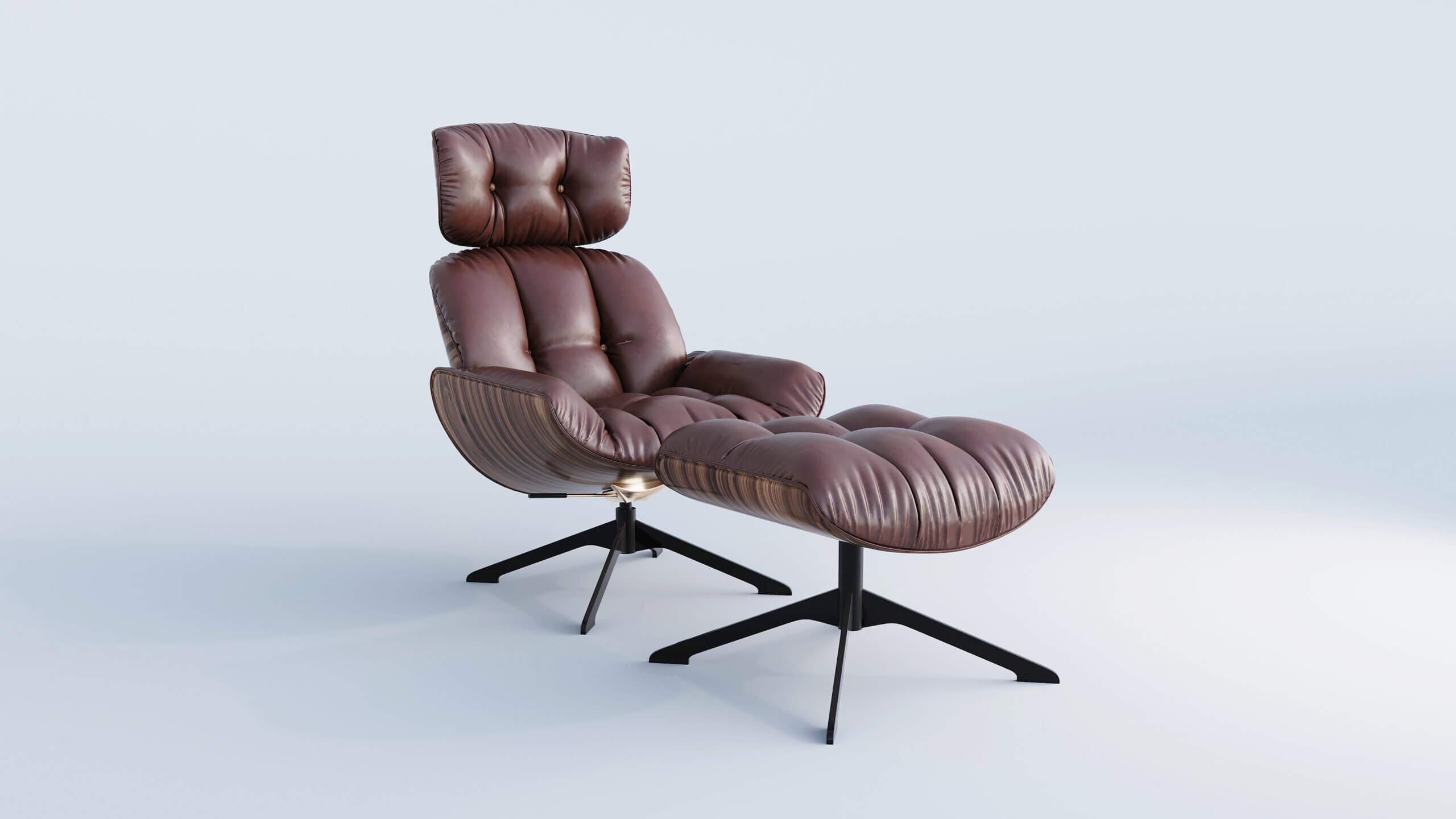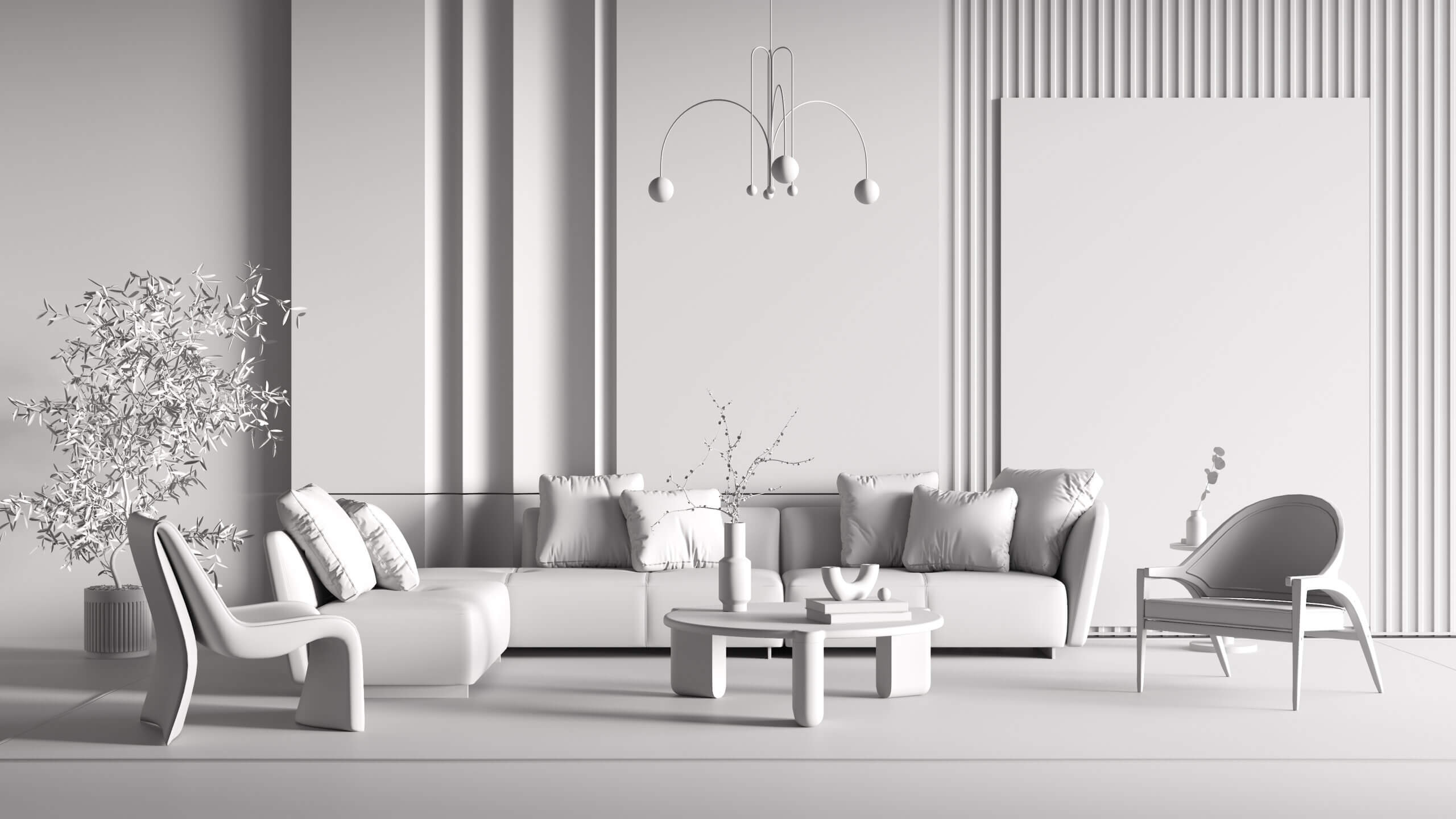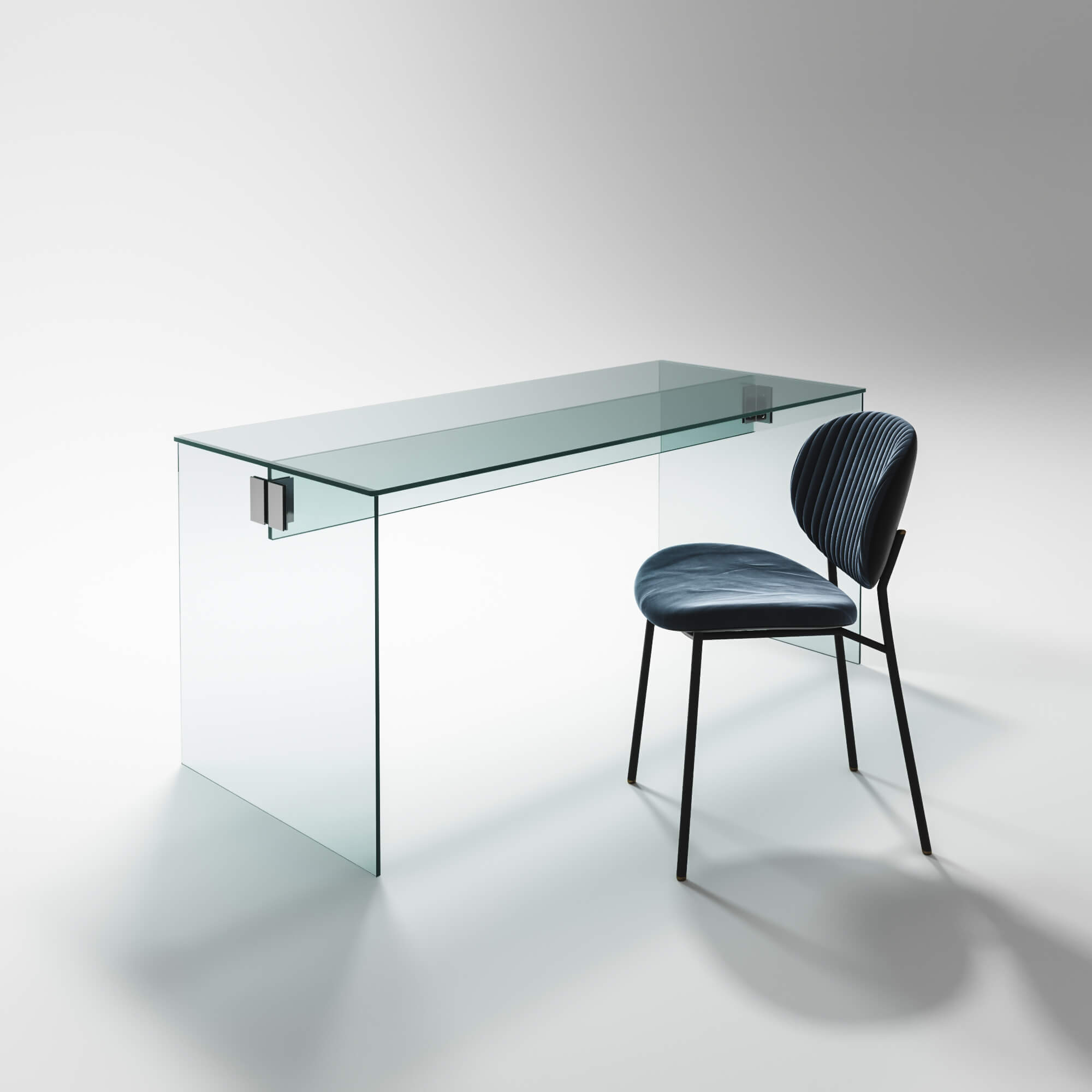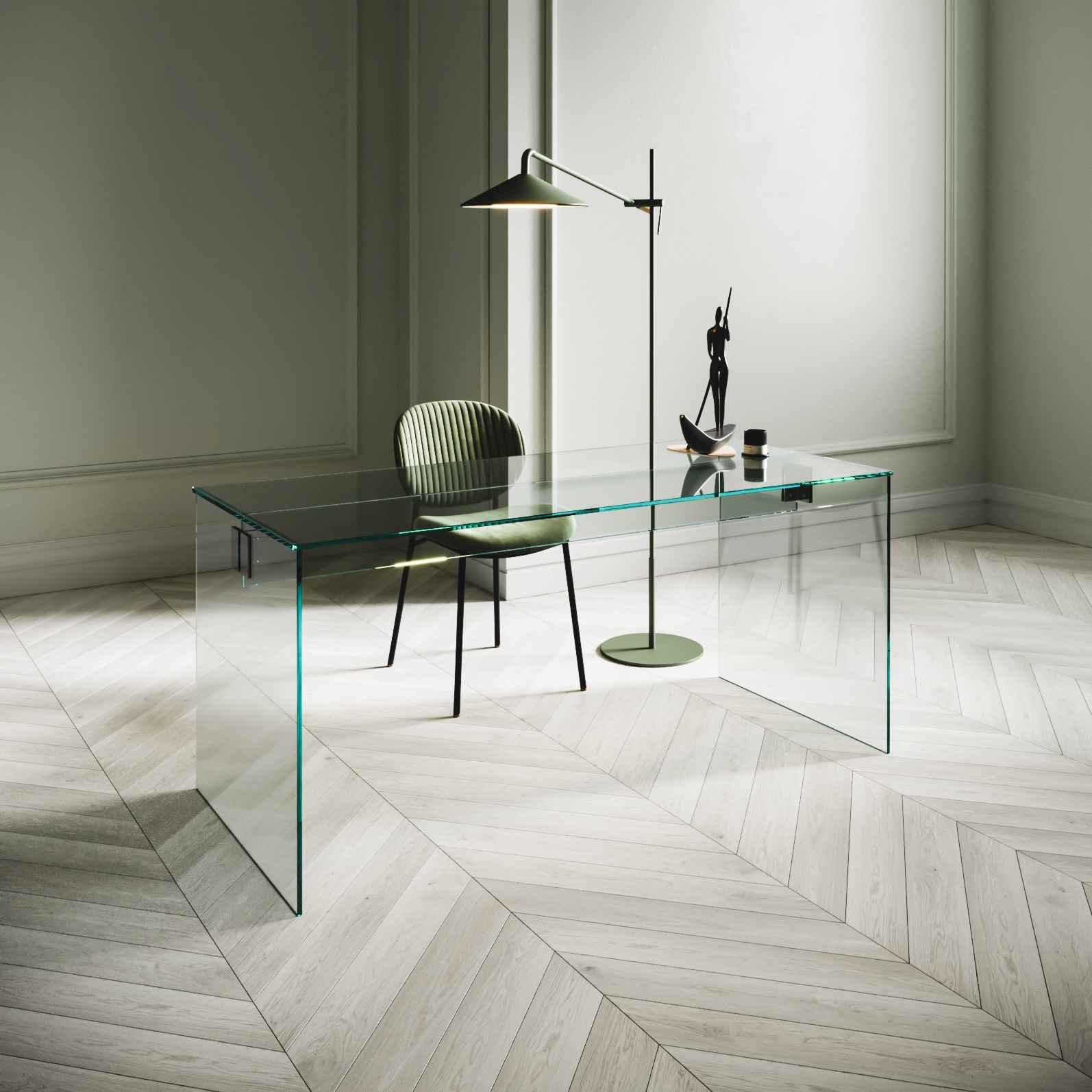3D FURNITURE VISUALIZATION
3D Model
3D Model
Lifestyle
Image
Lifestyle
Image
Isolated Image on White Background
Isolated Image on White Background
3D furniture rendering is the creation of photorealistic images using computer graphics. Furniture visualization is used to show the benefits of products from different angles as well as emphasize design details and the quality of materials.
CG rendering allows you to use 3D furniture models in unlimited configurations, change colors and materials, and show how an object will look with a variety of interior solutions.
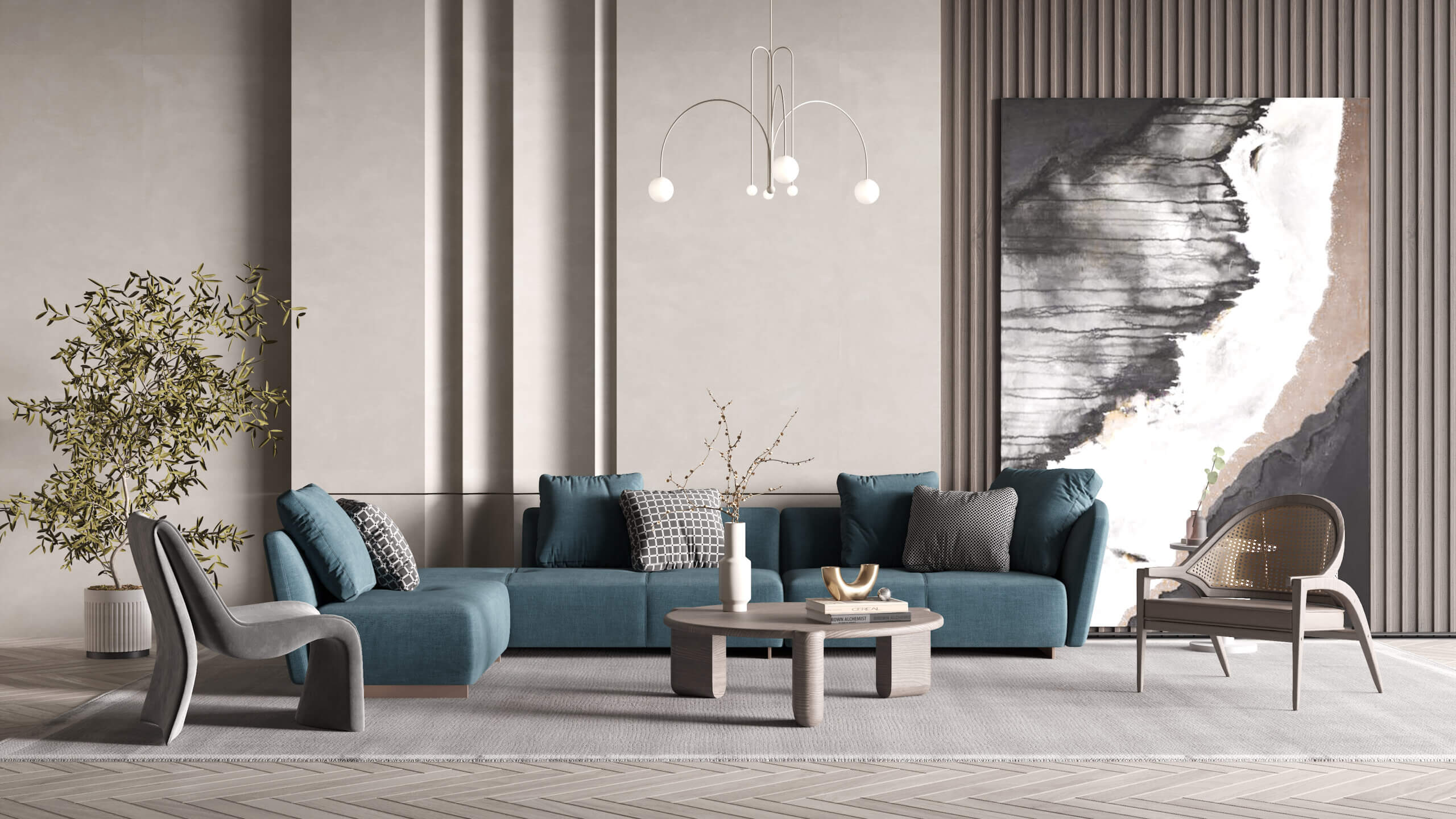
Who can use 3D furniture rendering?
Types of 3D furniture rendering we provide
Reviews
FAQ:
Creating a professional photo for a furniture catalog is a time-consuming and expensive process, as it requires renting and preparing studio equipment, paying a photographer, and transporting the furniture. In addition, extra costs are inevitable when it comes to updating a catalog with new furniture models and configurations.
3D visualization has a number of advantages over photography that drastically reduce financial costs and complexity of the image creation process:
Pricing. The cost of computer images for one piece of furniture is cheaper than a photo. Plus, preparing a technical task will take no more than a few hours.
Reusable 3D model. One 3D model of furniture can be used an unlimited number of times with different configurations of fabric, color, and texture such as wood, metal and plastic. Timewise, creating an image with a ready-made model will take no more than a few days.
Marketing potential. 3D rendering is by far the most convenient, fastest and efficient way to create commercial images for social networks. This way, a furniture store or company can sell more products in the local and global market by providing quality content that shows the benefits of a product and "hooking" customers’ attention at the same time.
Speed. The speed of creating an image with a new configuration of materials or colors is many times faster compared to reshooting of an existing model. Also, it takes only one or two days to send a high-end CGI of furniture to a customer.
- 3D modeling. The creation of any computer image always starts with a 3D model. And for us to model a piece of furniture using computer graphics, the manufacturer needs to provide drawings with furniture dimensions and examples of textures: wood, metal, fabric, etc.
- Deciding on furniture geometry. At this stage, manufacturers provide us with object proportions and sizes from different camera angles.
- Setting up furniture materials. Once the object dimensions are agreed, 3D artists start applying textures and fabrics. For lifestyle CGI, they also create interior environments to see how a piece will look in such settings.
- Camera positioning. This stage involves setting up cameras with points of view and adjusting the lighting to achieve a photoreal effect.
- Rendering preliminary results. When all elements of furniture in isolation or in the interior environment are well balanced, 3D artists proceed to actual rendering.
- Making adjustments. If needed, a client can ask to make any corrections on the image before the last rendering stage begins.
- Final render in high-quality resolution. A refined version of furniture visualization with applied textures, materials and lighting is done.
For a 3D model:
- furniture photos
- drawings with dimensions
- purpose of the model (where it will be used in the future)
For a render:
- the required number of images and their resolution,
- image type (on a white background and/or a lifestyle),
- examples of materials (photos of wood, fabric, metal, etc.)
The cost of a 3D furniture model depends on the complexity of geometry and design. The more details need to be worked out when creating a 3D object, the more time-consuming and long-term the process and its cost are.
The price of rendering on a white background is defined by the number of images to be created. Whereas the cost of lifestyle rendering varies based on the type of environment in which the model will be displayed.
Send us a to get a price list with the approximate costs for out services.
The photorealism of 3D rendering is determined by the difference in the quality of computer image and a real photograph. The harder it is to distinguish a computer image from a photo, the higher the level of a 3D artist’s expertise. The degree of professionalism lies in the correct adjustment of natural light, reflections, highlights and shadows. Hence, the more detailed the image is, the more complex and competent the work of its master.
Besides, for newcomers we offer a test assignment with no prepayment. We create 3D rendering of one or two images to let you experience our workflow, turnaround time and quality of our work. We accept the payment only once you are satisfied with the test result. There’s no payment involved if the result doesn’t meet your expectations.
To create an image of furniture on a white background, it takes one day to carefully apply and elaborate on textures. Whereas a lifestyle image takes about two days considering the need to set up a proper environment.
The timing required for 3D modeling is estimated individually depending on the purpose of a 3D model, the number of polygons, and the complexity of the design and geometry.



